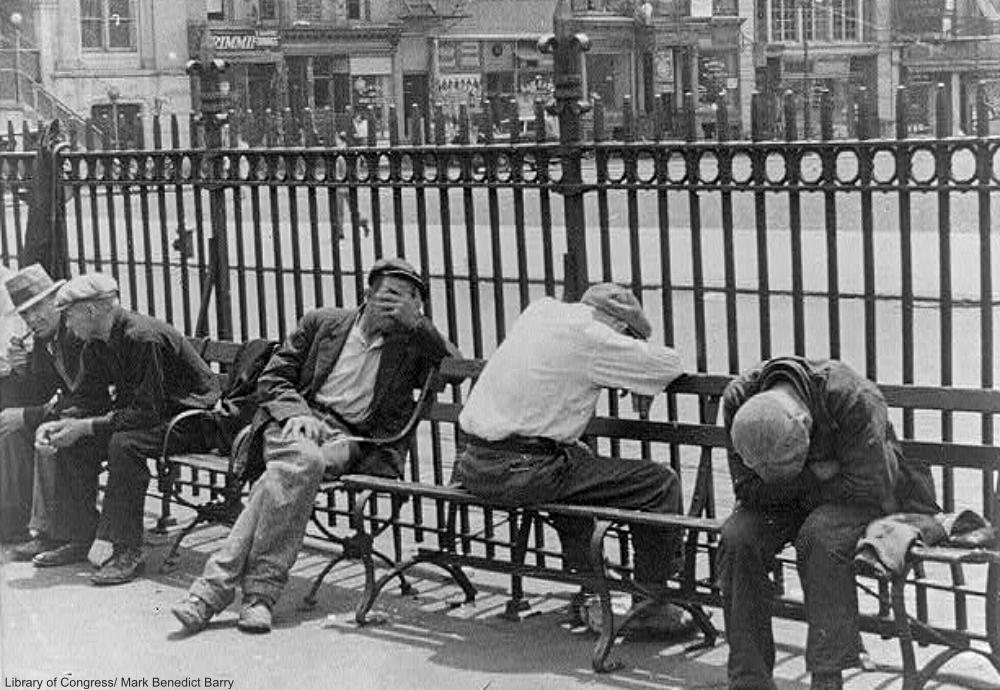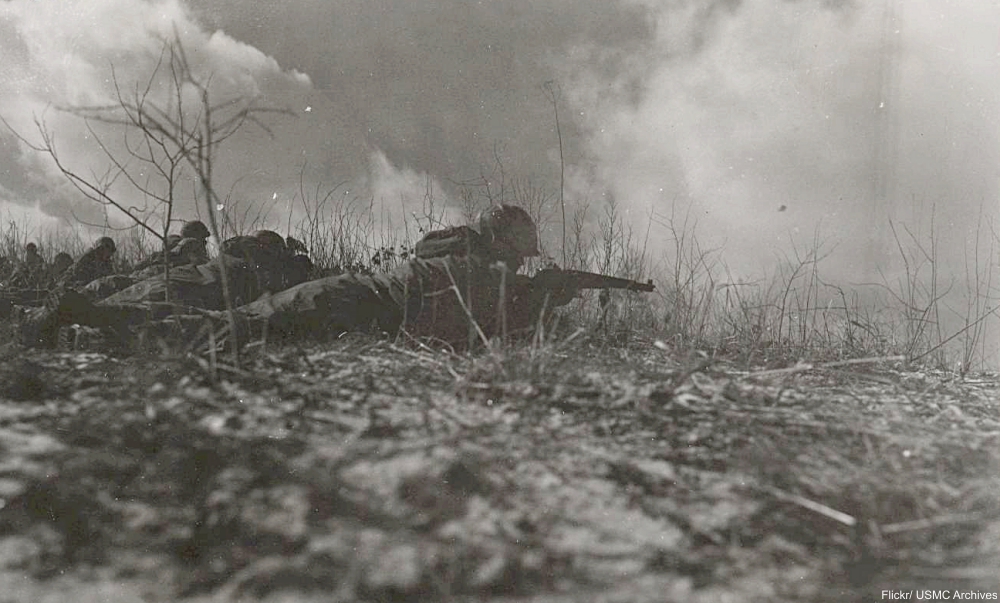10 Incredible Things the Oldest People Have Lived Through
These events and inventions made the world a very different place from the one they were born into!
Great Depression
After the stock market crash of 1929, the economy tanked and people literally lost their shirts when savings evaporated and jobs became scarce. To make matters worse, extreme flooding and drought combined with overworked farm land led to massive crop loss and devastating dust storms. Families who had been established became migrant, while many middle-class citizens had to turn to menial labor in order to survive. Nothing was wasted and meals became simple dishes high in carbohydrates (since meat and vegetables were in short supply). Those who survived this era often remained very frugal, never knowing when things might get tough again.

World War II
Despite the fact that the U.S. didn’t enter World War II until 1941, the world wide impact was felt in every nation before, during, and after the war. On the heels of the Great Depression, the war intensified the hunger and poverty for many, while treaties ensured food for others. Between the draft and those who volunteered for service, the number of U.S servicemen involved in WWII was around 16 million. Rationing meant that substitutions had to be made. Synthetic fabrics were designed, computers were developed, and innovation was a much-needed resource that helped us build more weapons than all of our enemies combined.

Korean War
The Korean War was a short but bloody war that began in 1950 and continued until 1953. No longer a Japanese colony, Korea was now divided along an arbitrary line and battles began to break out with the North invading the South in June of 1950. The use of fighter jets resulted in the first plane-to-plane combat battles between the Russian and American forces. About 1.5 million U.S. soldiers were drafted during the Korean War.

Ground-breaking Vaccinations and Cures
Before vaccines, contagious diseases were rampant and infection was nearly impossible to contain. Polio was a particularly devastating virus that spread easily and had no known cure. Victims sometimes lost the ability to walk and breathe normally. When the polio vaccine was given starting in 1955, the number of reported cases dropped by half in just one year. While there is still no cure for polio, continual vaccinations keep this disease at bay. The creation of the vaccine would not have been possible without the discovery of penicillin, since containing bacterial growth during production was essential. Without the development of antibiotics and vaccines, tuberculosis would have claimed many more lives. Safe antibiotics became readily available during the early 1950s and enabled TB to become a treatable disease instead of a death sentence. Sadly, those born in the early part of the 20th century may have seen their loved ones die of diseases that we can often prevent or cure today.

The oldest living Americans lived through times when the horse and buggy was the way to get around, when TB and polio often meant severe disability, if not loss of life, and a time when women could not yet vote. They’ve seen us go from times of hunger to times of plenty. They’ve seen us switch from coal furnaces to natural gas, and they’ve witnessed the end of child labor and the invention of the weekend. The past century has been a leap forward in so many ways. The world they were born into is almost unrecognizable compared to the world we live in today!
SKM: below-content placeholderWhizzco for DOT

